WikiLeaks founder Julian Assange returned home to Australia to start life as a free man Wednesday after admitting he revealed US defence secrets in a deal that unlocked the door to his London prison cell.
Assange landed on a chilly Canberra evening in a private jet, the final act of an international drama that led him from a five-year stretch in the high-security Belmarsh prison in Britain to a courtroom in a US Pacific island territory and, finally, home.
His white hair swept back, the Australian raised a fist as he emerged from the plane door, striding across the tarmac to give a hug to his wife Stella that lifted her off the ground and then to embrace his father.
Dozens of television journalists, photographers and reporters peered through the airport fencing to see Assange, who wore a dark suit, white shirt and brown tie.
“He will be able to spend quality time with his wife Stella, and his two children, be able to walk up and down on the beach and feel the sand through his toes in winter — that lovely chill,” Assange’s father, John Shipton, said earlier in the day.
– ‘Time to recuperate’ –
Prison time had taken a toll on Assange, who did not attend a WikiLeaks news conference to mark his return, his wife told reporters.
“You have to understand, he needs time, he needs to recuperate, and this is a process,” she said, apparently close to tears.
“I ask you please to give us space, to give us privacy, to find our place, to let our family be a family.”
Assange’s long battle with US prosecutors came to an unexpected end in Saipan in the Northern Mariana Islands, where a judge accepted his guilty plea on a single count of conspiracy to obtain and disseminate national defence information.
The remote courtroom was chosen because of the 52-year-old’s unwillingness to go to the continental United States and because of its proximity to Australia.
READ MORE: WikiLeaks founder Assange’s wife ‘elated’ at release
As part of behind-the-scenes legal negotiations with the US Justice Department he was sentenced to the time he had already served in London — five years and two months — and given his liberty.
“You will be able to walk out of this courtroom a free man,” the judge in Saipan told him.
Assange had published hundreds of thousands of confidential US documents on the WikiLeaks whistleblowing website from 2010.
He became a hero to free speech campaigners but a villain to those who thought he had endangered US security and intelligence sources.
– ‘Too long’ –
“Working as a journalist, I encouraged my source to provide material that was said to be classified,” Assange told the court.
Assange’s lawyer Jen Robinson told reporters it was a “historic day” that “brings to an end 14 years of legal battles”.
“It also brings to an end a case which has been recognised as the greatest threat to the First Amendment in the 21st century,” she said.
After touching down in Canberra, Assange told Australian Prime Minister Anthony Albanese by phone “that he had saved his life”, the lawyer told reporters.
Albanese said he was “very pleased” by the outcome.
“Regardless of your views about his activities, and they will be varied, Mr Assange’s case has dragged on for too long,” he told parliament in Canberra.
The United Nations also hailed Assange’s release, saying the case had raised human rights concerns.
But former US vice president Mike Pence slammed the plea deal on social media platform X as a “miscarriage of justice” that “dishonors the service and sacrifice of the men and women of our Armed Forces.”
– Banned from US –
The US Justice Department said after the hearing that Assange was banned from returning there without permission.
US authorities had wanted to put Assange on trial for divulging military secrets about the wars in Iraq and Afghanistan.
He was indicted by a US federal grand jury in 2019 on 18 counts stemming from WikiLeaks’ publication of a trove of national security documents.
The material he released through WikiLeaks included video showing civilians being killed by fire from a US helicopter gunship in Iraq in 2007. The victims included a photographer and a driver from Reuters.
Assange was arrested in 2019 and held in Belmarsh prison while fighting extradition to the United States.
He had spent seven years in Ecuador’s embassy in London to avoid being extradited to Sweden, where he faced accusations of sexual assault that were eventually dropped.
READ MORE: WikiLeaks says Julian Assange is ‘free’ after US plea deal
– Married in prison –
Assange met his wife Stella while holed up in the embassy and the pair married in a ceremony in London’s Belmarsh prison. They have two young children.
The announcement of the plea deal came two weeks before Assange was scheduled to appear in court in Britain to appeal against a ruling that approved his extradition to the United States.
Washington had accused Assange under the 1917 Espionage Act and supporters warned he risked being sentenced to 175 years in prison.
The Australian government made an official request to that effect in February and Biden said he would consider it, raising hopes among Assange supporters that his ordeal might end.
The plea deal was not entirely unexpected. US President Joe Biden had been under growing pressure to drop the long-running case against Assange.
Author
-

Agence France-Presse (AFP) is one of the world's three main news wire services.

 4 months ago
38
4 months ago
38
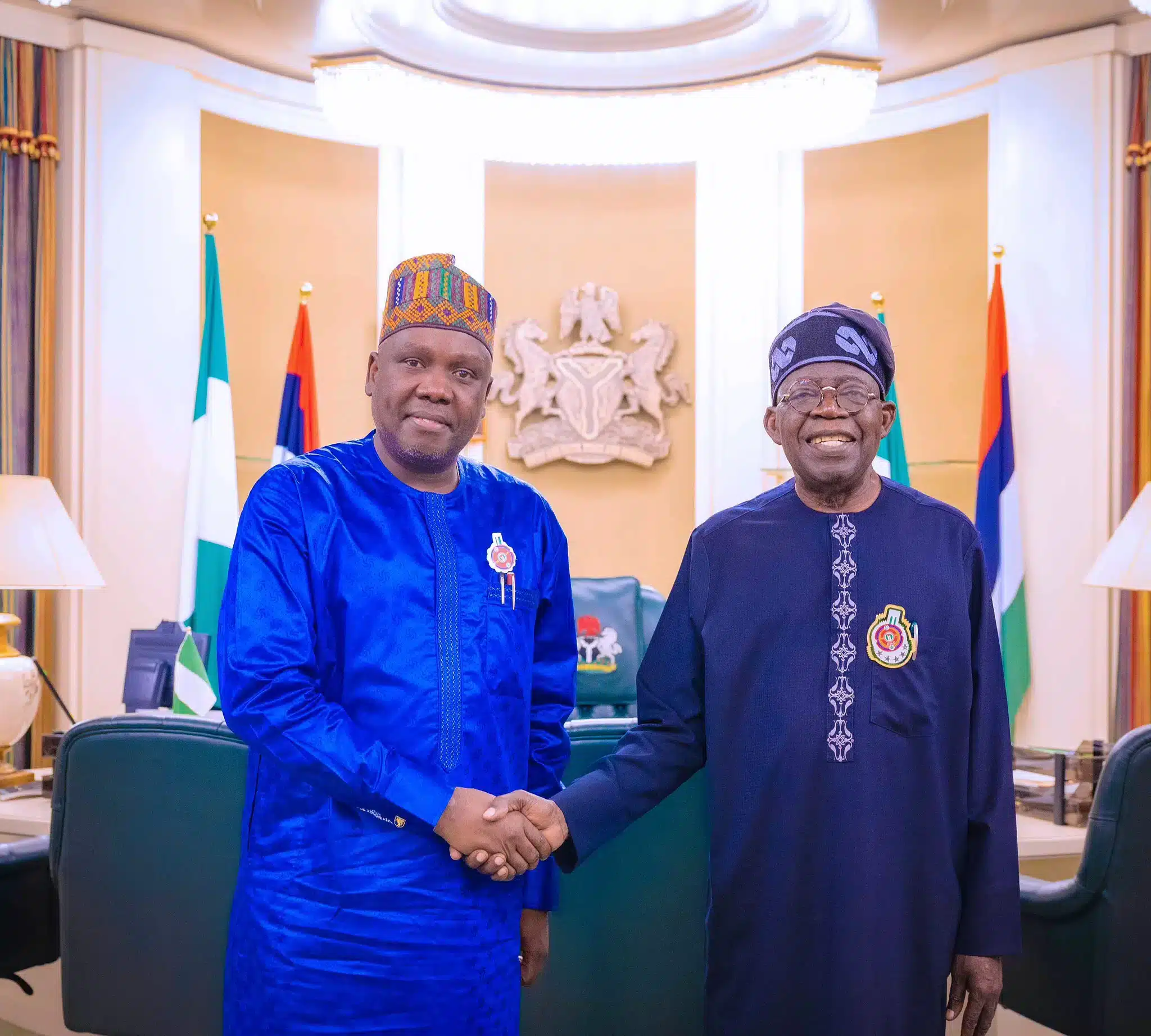
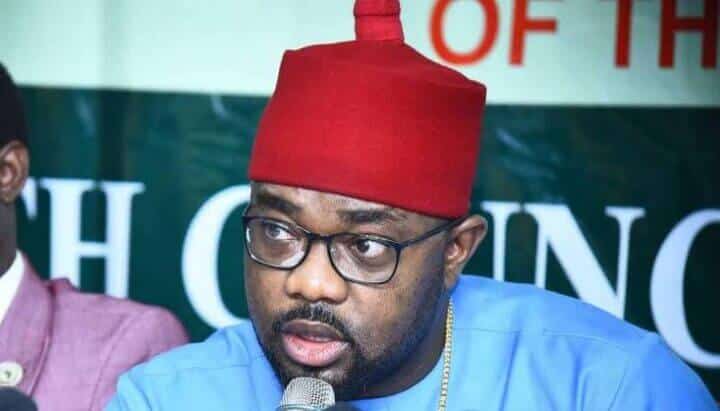
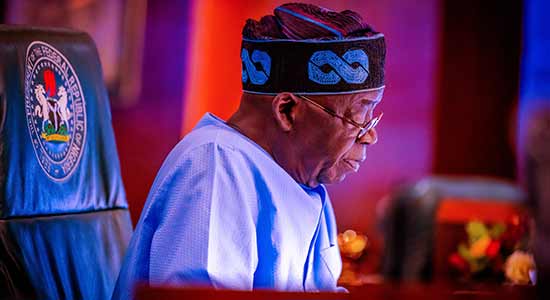
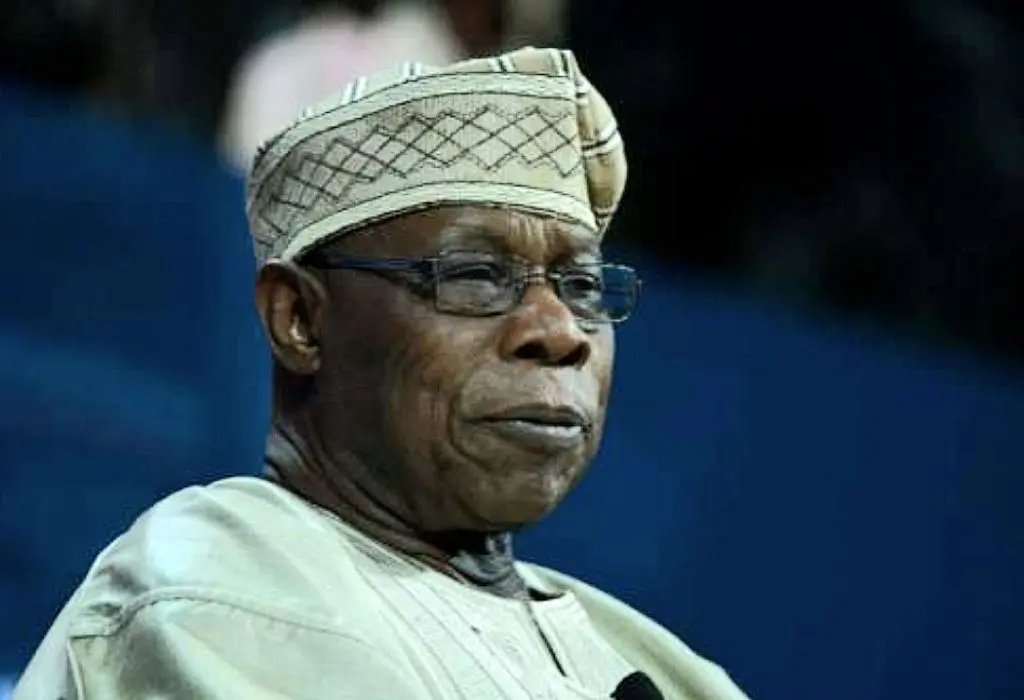
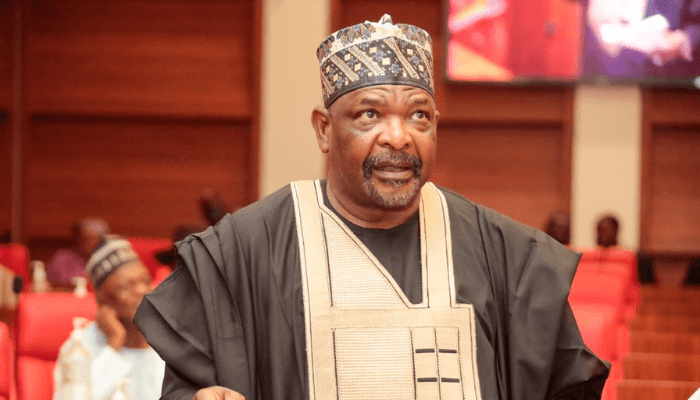

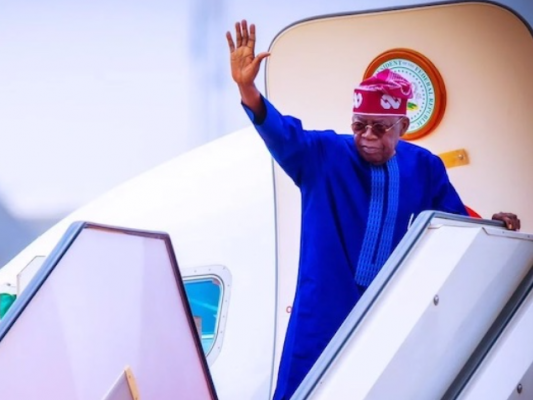
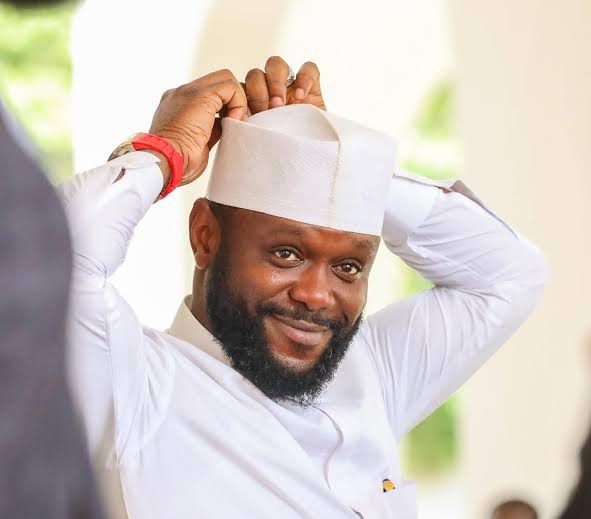
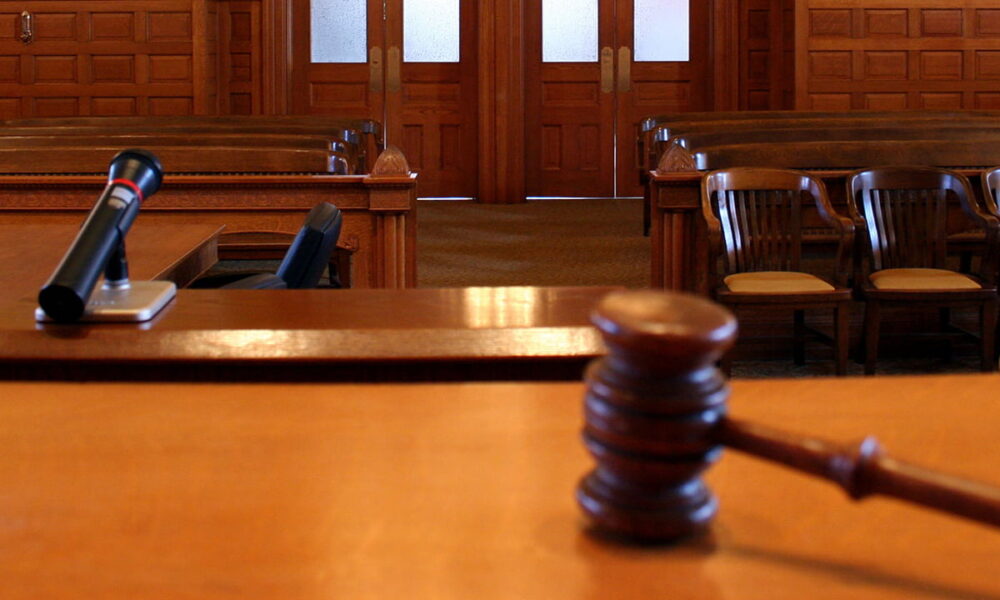
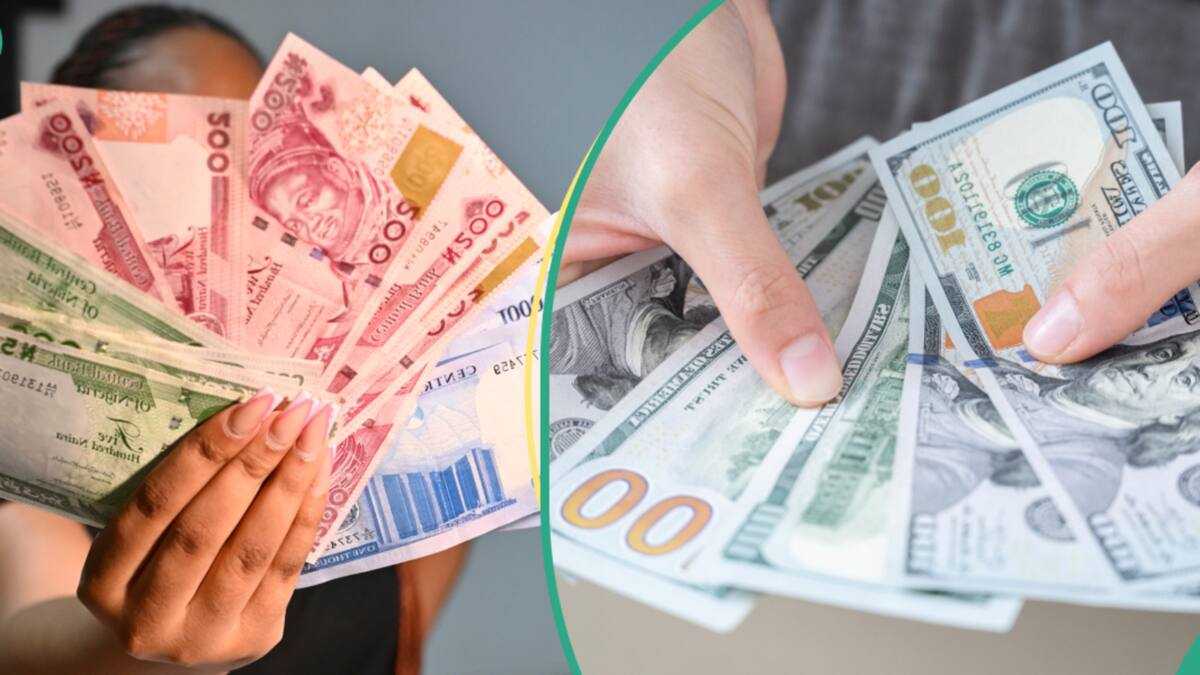

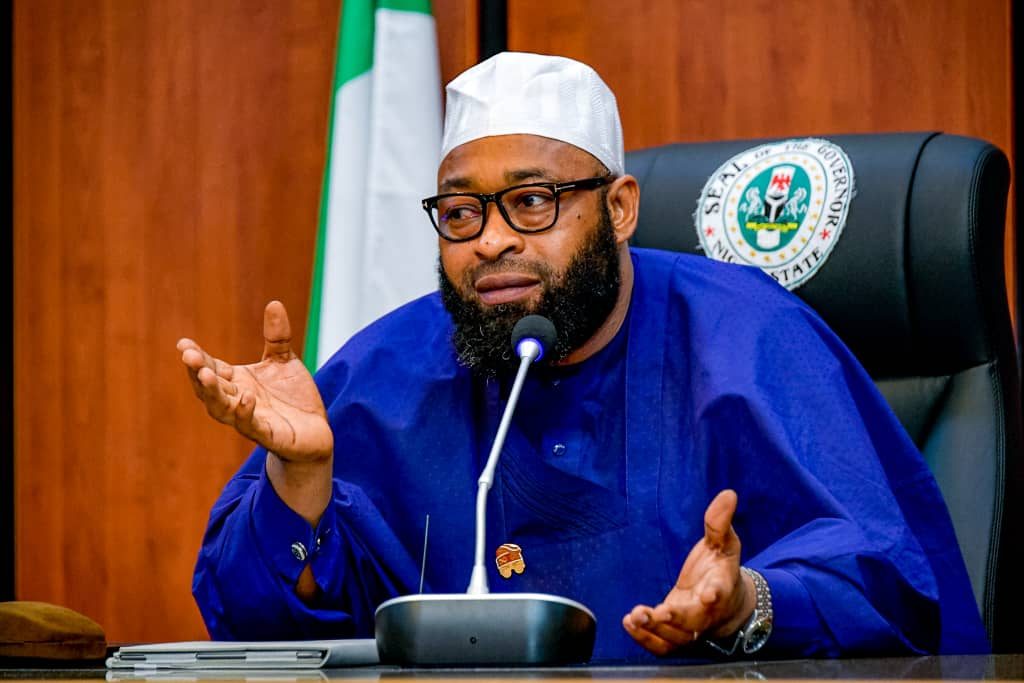

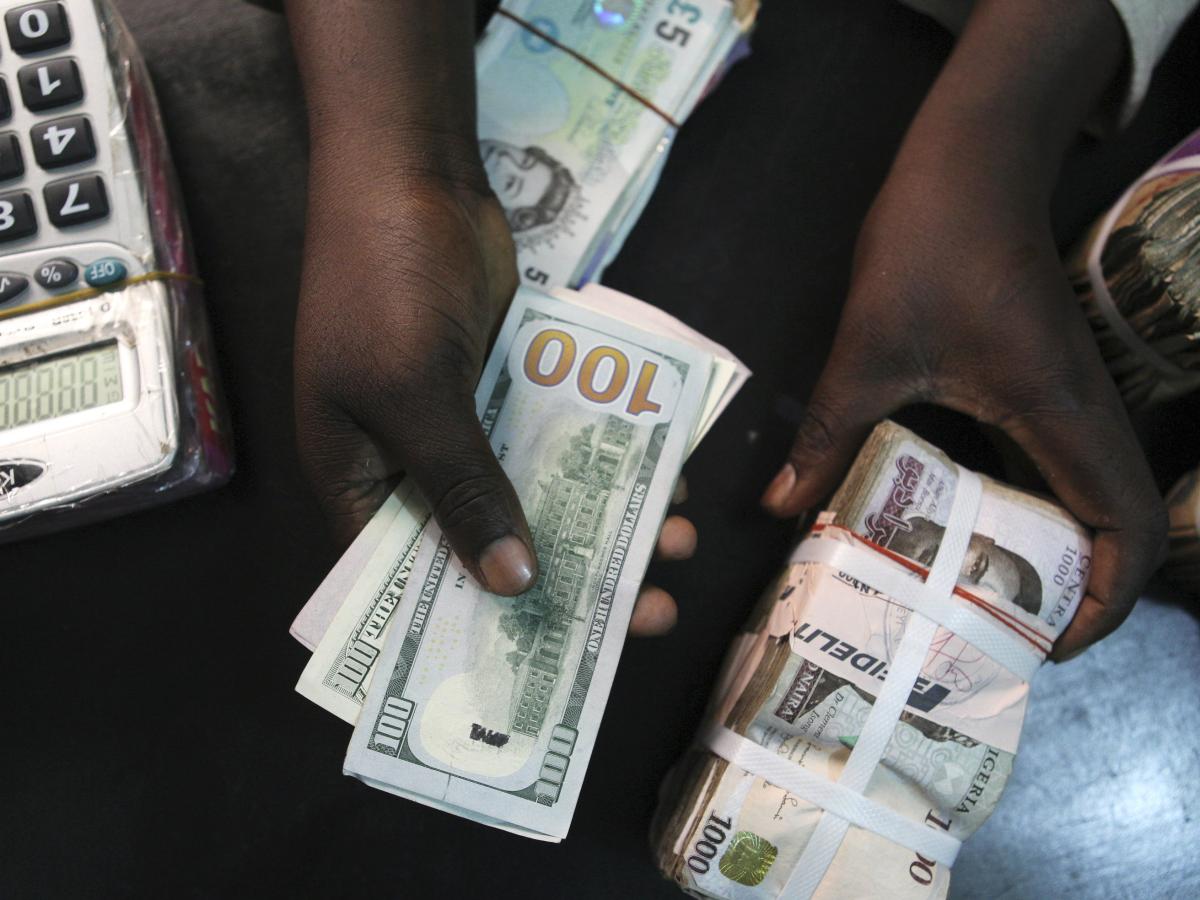
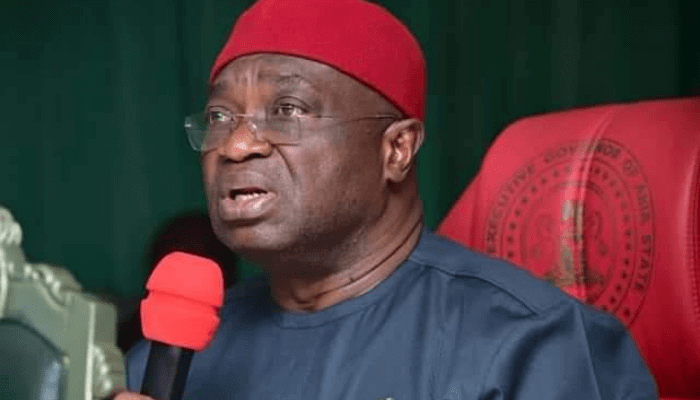
 English (US) ·
English (US) ·